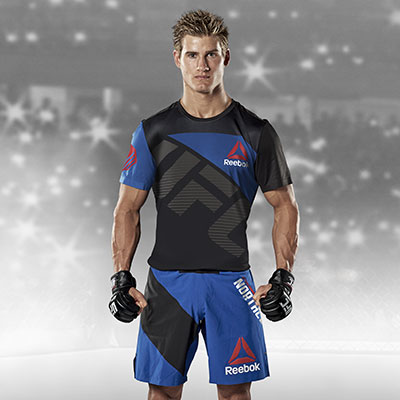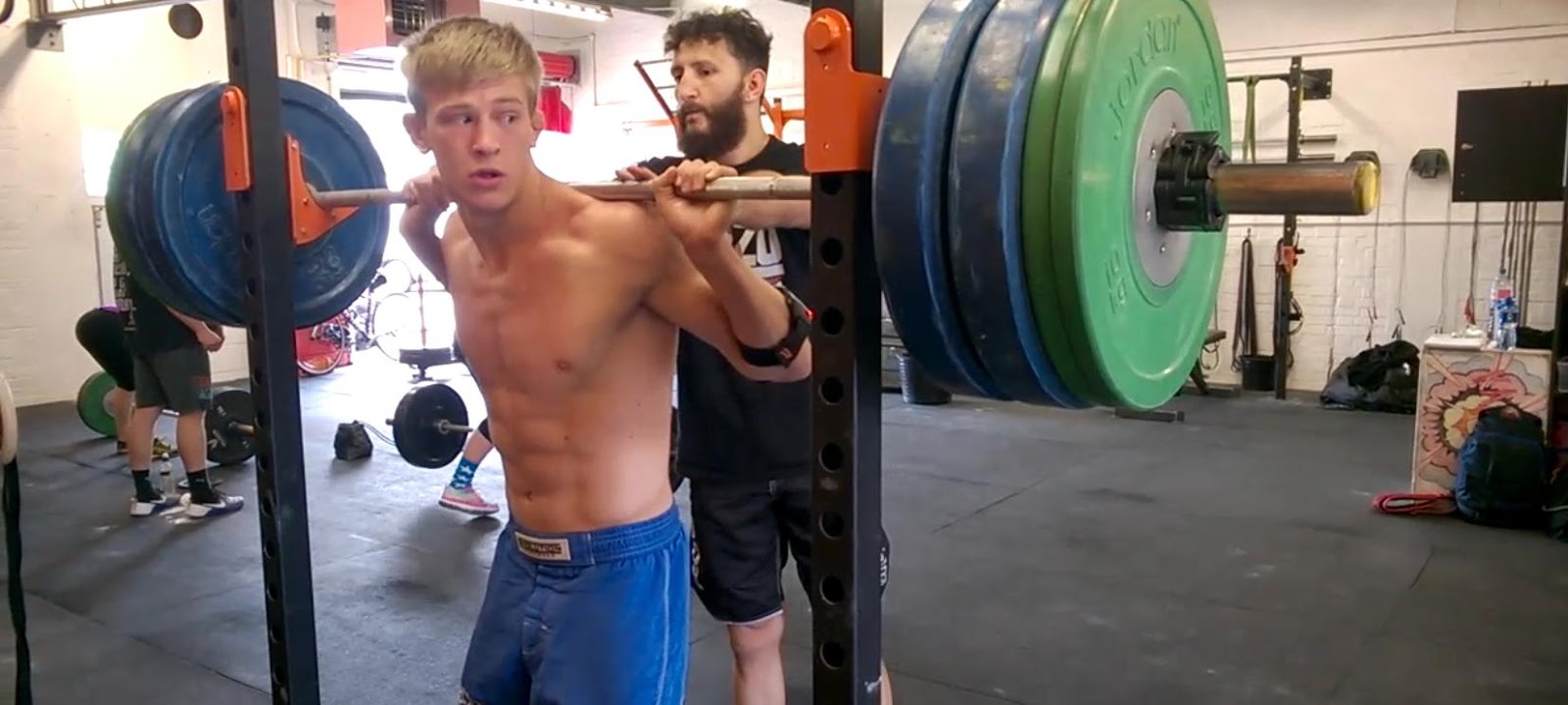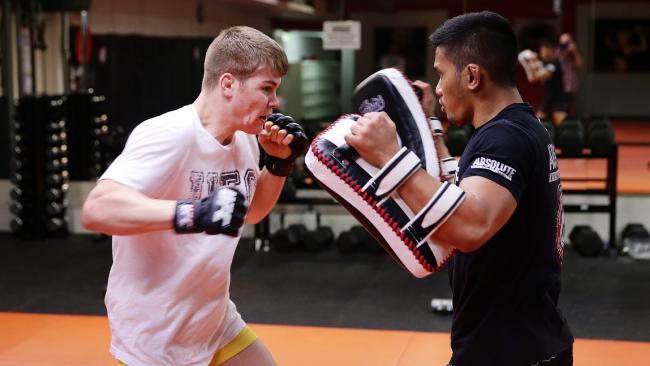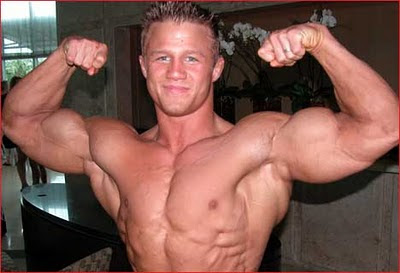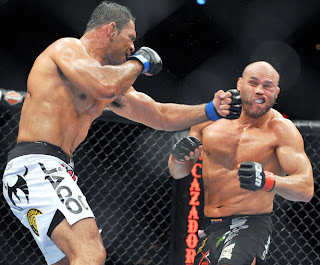Every day, week, month, and year in the MMA world we are fed rumors, whispers, and eventually video of a new young prospect, a new entry into the MMA lexicon who has a unique blend of speed, power, strength, skill, heart, durability, cage IQ, and fight maturity. But the fact of the matter is that it doesn’t always come together for these prospects. Mismanagement, lack of technical development, insufficient mental toughness, stagnant training environment, and poor training habits are all possible contributing factors to a promising talent never reaching his or her full potential.
The focus of this article isn’t the personal reasons that fighters come up short; we are going to look at the external things that contribute to the lack of growth, technical stagnation, and physical regression fighters. This is because it takes certain steps to develop a fighter — regardless of physical gifts and base level of technical skills — from prospect to legitimate fighter to contender to possible champion.
One of the biggest roadblocks in correctly developing a fighter is athleticism. When a fighter quickly and easily picks up new skills, or shows explosiveness, power, body control, strength, or agility, coaches start to lose sight of the process and focus more on the end goal. They begin to forget that the fighter in front of them needs to be slowly and carefully developed, much like the droves of untalented part-timers and/or hobbyists who come through the doors. They mistake the ease and dynamic manner in which a fighter develops and/or handles seasoned, skilled, and hardened fighters in sparring. Instead of seeing this as talent upon which to build the fundamental techniques and strategies, they treat it like a cheat code on a video game, often ignoring the finer points of striking, grappling, or wrestling. A fighter doesn’t necessarily need them to be effective in the gym, on the MMA amateur circuit, and in the regional organizations. They may even be good enough to get onto the national/international stage. But at some point their lack of comprehensive knowledge and technical development catches up to them.
When the gap in athleticism closes (or worse, ceases to exist) or when they face opponents with the toughness and seasoning to navigate rough waters, an underdeveloped fighter gets exposed. There are many fighters who this applies to, such as Ovince St. Preux, Jake Matthews, Phil Hawes, Ronda Rousey, Travis Browne. These are fighters whose base skills and top-end athleticism allowed them to cut a swath through divisions that a lesser athlete with the same technical limitations wouldn’t even put a scratch in. Athleticism allows you to skip the steps to a goal; we see it all the time in football, basketball and baseball: guys who don’t really know how to play the sport on the highest level, able to compete because of tremendous size, strength, speed, and explosiveness advantages. It’s no different in MMA, and it’s one of the biggest contributing factors as to why prospects don’t develop. It’s also the motivation behind the second biggest reason fighters don’t become as good as their talent should dictate.
In part two of this series we will delve into another aspect of developing prospects, one of the most obvious, but historically overlooked area of development: Activity. In no other sport is the concept of being an active participant in your career more underappreciated and unrecognized by combat sports fans, MMA fans in particular.

